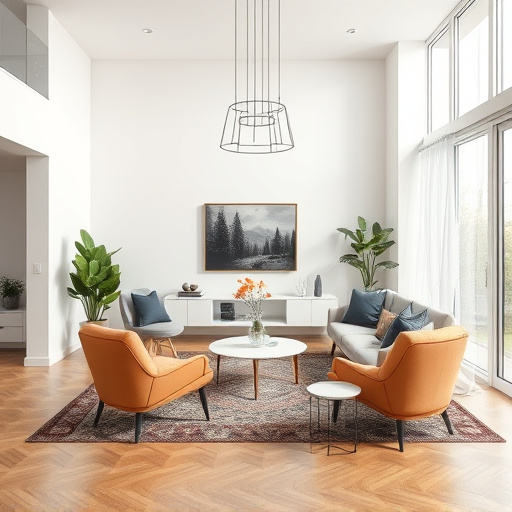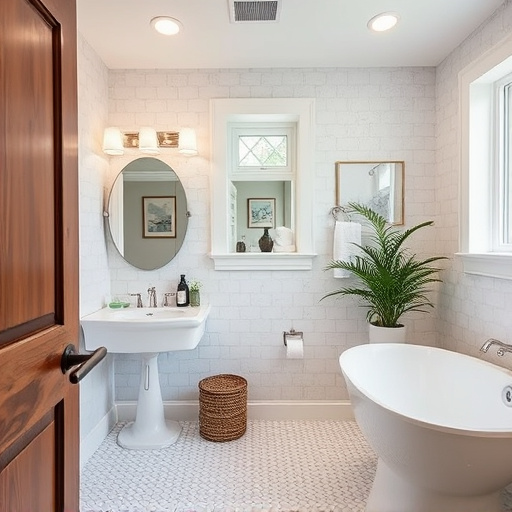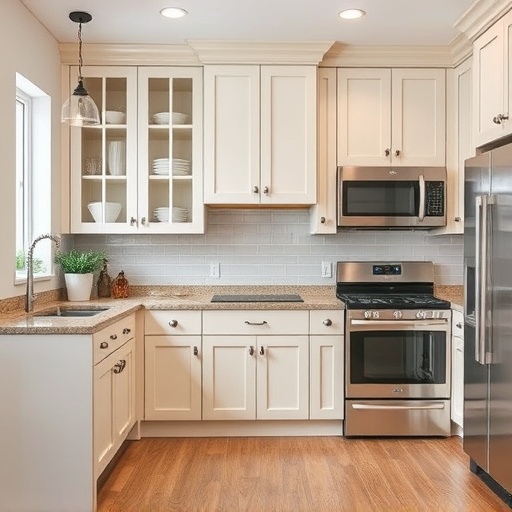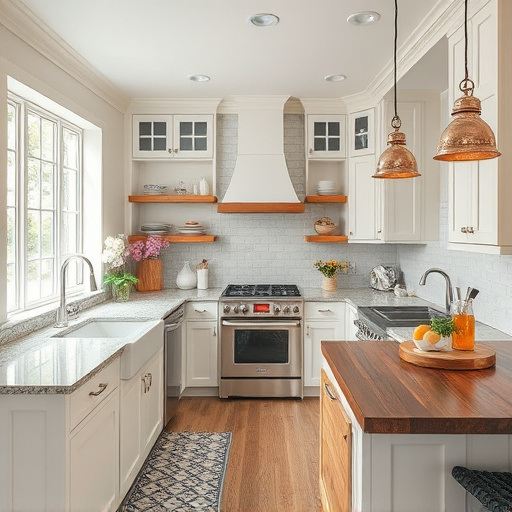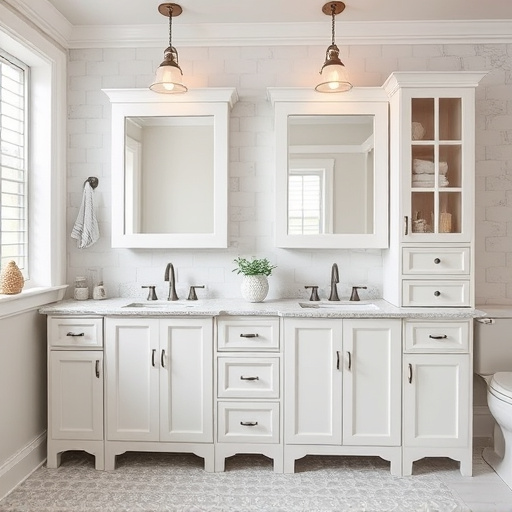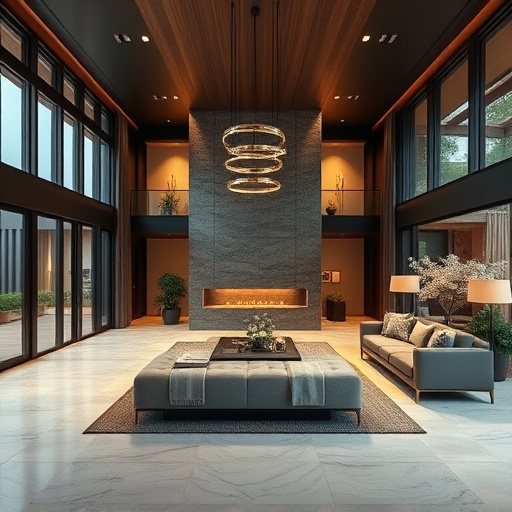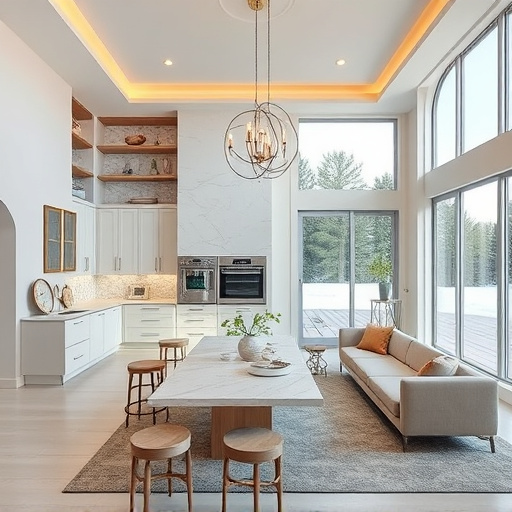In construction design, balancing historical preservation and innovation is a skilled art. By integrating old and new, adaptive construction principles revive vintage properties while meeting modern needs. This blend of traditional craftsmanship and smart technology enhances precision, efficiency, and sustainability. Combining historical elements with eco-friendly solutions creates timeless buildings that appeal to both traditionalists and modernists, contributing to a greener future and showcasing the harmonious marriage of past and present in design.
In an era where modern architecture dominates, there’s a growing movement towards blending old and new in construction design. This approach, dubbed adaptive construction, preserves historical structures while embracing innovative techniques. By integrating traditional craftsmanship with modern technology, we ensure sustainability and longevity for timeless buildings. Explore strategies to balance preservation and progress, as we delve into key aspects such as preserving history, adopting cutting-edge tech, and implementing eco-friendly solutions that define this dynamic trend in construction design.
- Preserving History While Embracing Innovation
- Integrating Traditional Craftsmanship with Modern Technology
- Sustainable Solutions for Timeless Buildings
Preserving History While Embracing Innovation
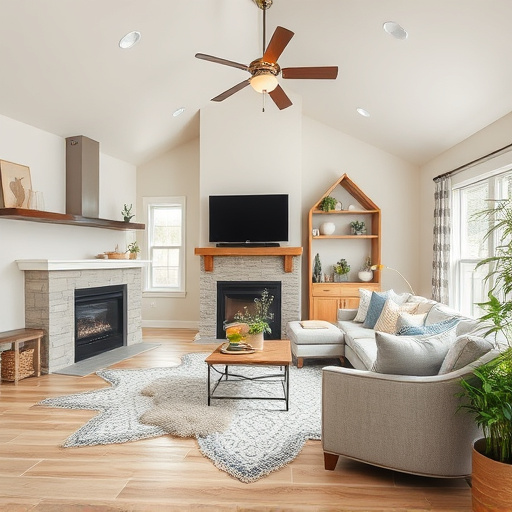
In the realm of construction design, balancing the preservation of history with a forward-thinking approach to innovation is a delicate yet essential art. As we navigate an era marked by rapid technological advancements, the integration of old and new in home remodeling presents a unique challenge and opportunity for builders and designers. The goal is not to replace historical architecture but to revive and reinterpret it, ensuring that these cherished structures remain relevant and functional in modern times.
By adopting adaptive construction design principles, professionals can transform vintage properties into contemporary living spaces without losing their distinct character. This involves carefully studying the existing structure’s architectural elements, materials, and original intent. For instance, during a multiple room remodel, incorporating updated mechanical systems while preserving historic trim or leveraging natural light to enhance the overall aesthetic creates a harmonious blend of old and new. Such an approach ensures that functional spaces meet contemporary needs without sacrificing the charm and history embedded in these timeless structures.
Integrating Traditional Craftsmanship with Modern Technology
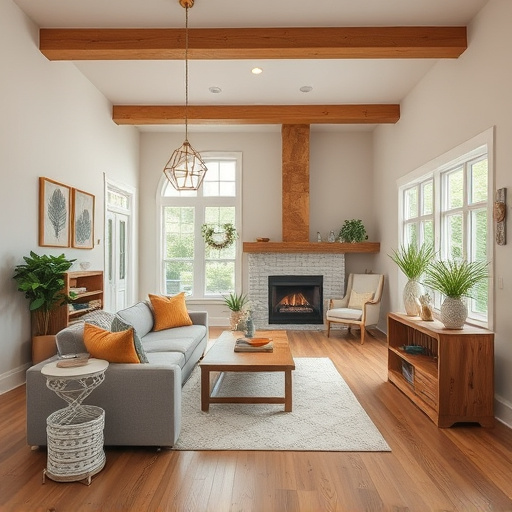
In the realm of construction design, blending old and new is a harmonious fusion that captivates both traditionalists and modernists alike. Integrating traditional craftsmanship with modern technology creates a unique synergy where age-old techniques meet cutting-edge innovations. Craftspeople, armed with time-honored skills, now have access to advanced tools and materials that enable them to enhance their work, ensuring precision and efficiency in every stroke of the brush or swing of the chisel.
This blend is particularly evident in popular home renovation projects, such as bathroom renovations, where custom designs meet smart technology. Traditional craftsmanship infuses these spaces with a sense of history and character, while modern technology adds convenience and sustainability. For instance, incorporating customized work alongside state-of-the-art fixtures creates an environment that feels both timeless and futuristic, showcasing the beauty of both worlds in perfect balance.
Sustainable Solutions for Timeless Buildings
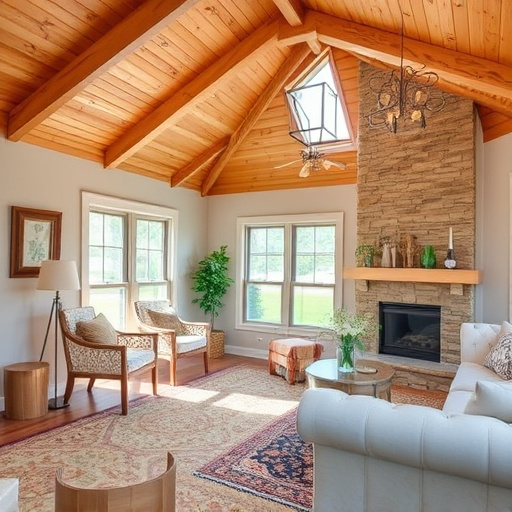
In today’s world, where sustainability is at the forefront of design trends, construction professionals are embracing a unique approach to create timeless buildings that stand the test of time. The fusion of old and new in adaptive construction design offers an exciting opportunity to blend traditional aesthetics with modern innovations. By focusing on sustainable solutions, architects and builders can transform heritage structures into eco-friendly homes or commercial spaces. This involves employing energy-efficient systems, utilizing natural materials, and integrating renewable technologies while preserving the original character of the building.
For instance, a bathroom remodel or home transformation project could seamlessly incorporate solar panels, smart insulation, and efficient plumbing to reduce the structure’s carbon footprint. Simultaneously, preserving historical elements like original wood beams or architectural details ensures a unique blend of old-world charm and contemporary sustainability. This harmonious marriage of the past and present in construction design not only results in visually appealing spaces but also contributes to a greener future.
Blending old and new in adaptive construction design isn’t just a trend; it’s a harmonious fusion of history and innovation. By preserving architectural heritage while embracing modern technology, we create sustainable solutions that honor the past while looking towards the future. This approach ensures timeless buildings that not only stand the test of time but also reduce environmental impact, making it a responsible and rewarding path for both builders and communities. Adaptive construction design, thus, becomes a powerful tool to shape a more sustainable and culturally rich built environment.








